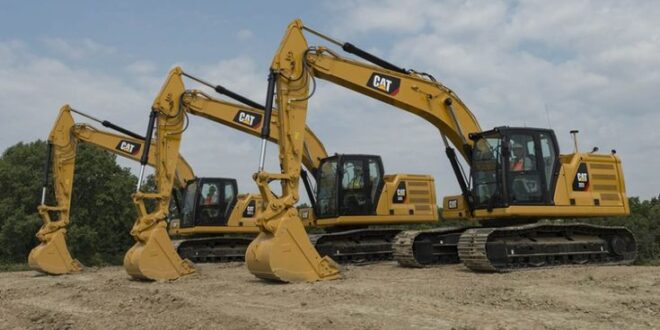In the ever-evolving world of construction, the backbone of any successful project lies in the quality of the equipment used. From towering skyscrapers to intricate bridges, the longevity of these structures hinges on the durability and performance of the machinery employed during their creation.
In this article, we delve into the vital role of quality equipment in construction projects, exploring its benefits, contributions to sustainability, and strategies for ensuring lasting success.
The Foundation of Quality Equipment
Introduction to the Significance of Quality Equipment
Quality equipment is the cornerstone of construction longevity. It goes beyond just getting the job done; it ensures the job is done right and lasts for years to come. The significance of using quality equipment cannot be overstated. It influences the safety of workers, the reliability of the project, and the adherence to construction standards.
Durability and Performance: Influence on Structure Longevity
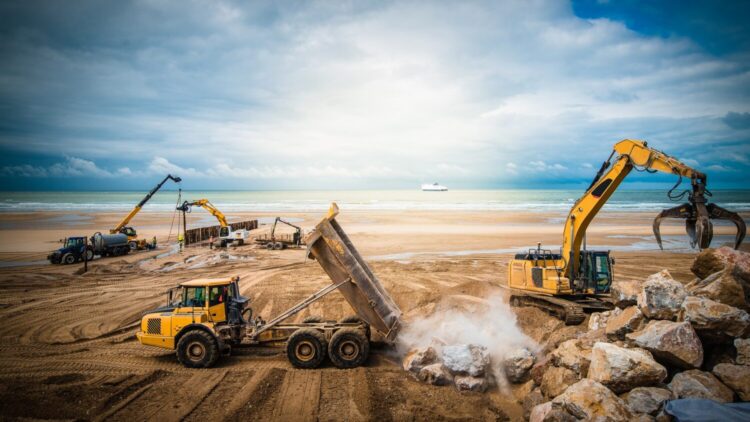
Imagine constructing a building using subpar equipment. The initial cost might be lower, but the repercussions could be disastrous. Poor-quality equipment can lead to structural weaknesses, compromising the integrity of the entire project.
Quality equipment, on the other hand, is designed to withstand the rigorous demands of construction, ensuring the longevity of the structures being built.
Construction Standards and Safety Regulations
Stringent construction standards and safety regulations underscore the need for quality equipment. These regulations are in place to safeguard the well-being of workers and the public, as well as to ensure the durability and safety of structures. Quality equipment is more likely to meet and exceed these standards, contributing to the creation of safe and long-lasting constructions.
Benefits of Investing in Quality Equipment
Enhanced Safety and Reliability
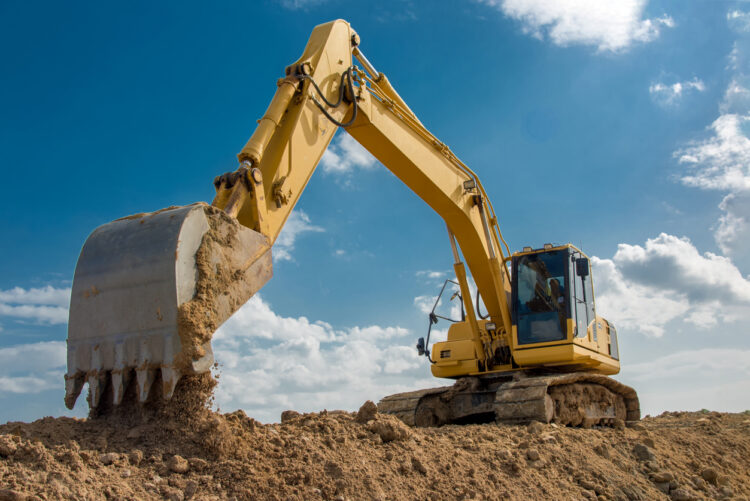
A construction site is a dynamic and potentially hazardous environment. Quality equipment plays a pivotal role in ensuring the safety of workers. When machinery functions reliably, the risk of accidents is significantly reduced. Breakdowns and sudden malfunctions can lead to dangerous situations. By investing in quality equipment, project managers create a safer working environment and foster a culture of security.
Cost-Efficiency Over Time
The initial investment in quality equipment might seem higher compared to cheaper alternatives. However, this upfront cost pales in comparison to the potential expenses arising from maintenance, repairs, and premature replacements of low-quality machinery. Quality equipment’s durability translates to reduced downtime and extended intervals between replacements, ultimately resulting in substantial cost savings over the project’s lifespan.
Sustainable Construction through Quality Equipment
Higher Construction Standards
Sustainability in construction encompasses more than just environmental considerations; it extends to the lasting impact of the structures. Quality equipment from suppliers like YRCO are a driving force behind achieving higher construction standards. By utilizing machinery that meets or surpasses industry norms, construction professionals contribute to the creation of robust, sustainable, and enduring structures.
Reduced Downtime and Increased Productivity
Time is of the essence in construction projects. Equipment breakdowns can grind progress to a halt, leading to costly delays. Quality equipment minimizes the risk of unexpected downtime. Reliable machinery enables workers to stay on track, maintain momentum, and deliver projects within stipulated timelines. Enhanced productivity becomes a hallmark of projects powered by top-tier equipment.
Strategies for Longevity: Selection, Maintenance, and Future Trends
Selecting the Right Equipment
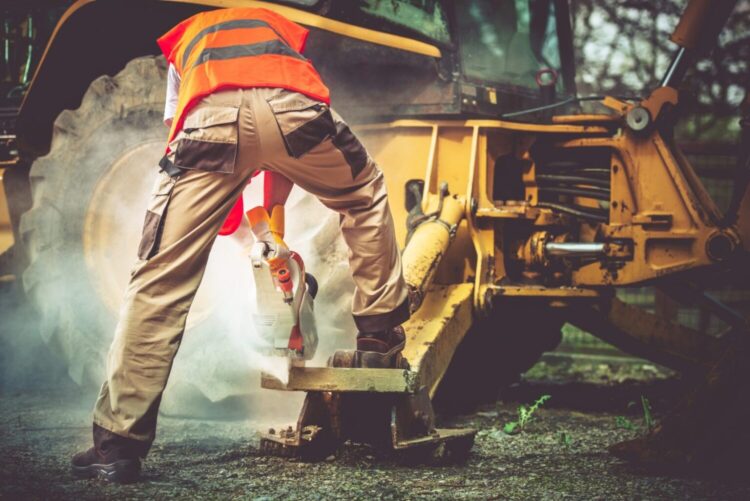
Selecting the right equipment for your project is a big deal. It’s like choosing the perfect tool for a job – it can make or break your project’s success. Let’s break down why this decision matters so much.
First off, you need to know what your project needs. It’s like planning a road trip – you wouldn’t bring skis to a beach vacation, right? Similarly, you don’t want to end up with equipment that doesn’t fit your project. So, take the time to figure out what tools or machines are essential to get the job done right.
Next, do your homework on different brands. Just like reading reviews before buying a new phone, you want to know if a brand is reliable. You don’t want equipment that breaks down all the time or needs constant repairs. Look for brands with a solid reputation for quality and durability.
But hold up, it’s not just about the short-term costs. Sometimes, it might be tempting to go for the cheaper option, thinking you’re saving money. But think long-term. Spending a little extra on high-quality equipment upfront can save you tons in repairs and replacements down the road. It’s like investing in a sturdy pair of shoes – they might cost more initially, but they’ll last longer and save you from buying new ones every few months.
Efficiency is a big deal in any project. The right equipment can make things go smoother, faster, and with less hassle. Imagine trying to bake a cake without a good oven – it’s just not going to turn out right. The same goes for your project. The right tools can speed things up and make your life easier.
Let’s not forget about safety. Using the wrong equipment can be dangerous. It’s like wearing a helmet when riding a bike – it protects you from harm. Choosing the right equipment minimizes the risks to you and your team. It’s a no-brainer when it comes to keeping everyone safe.
To sum it up, don’t rush this decision. Take your time to pick the right equipment for your project. Consider what you really need, check out reliable brands, and think long-term. Your project’s efficiency, safety, and your wallet will thank you later. It’s all about making the smart choice now for a smoother ride ahead.
Maintenance and Training
Regular maintenance is the lifeblood of equipment longevity. Establishing consistent maintenance routines can prevent premature wear and tear, extending the lifespan of machinery. Additionally, training construction staff to use equipment correctly reduces the likelihood of accidents and improper usage, further preserving equipment integrity.
Technological Advancements and Collaborations
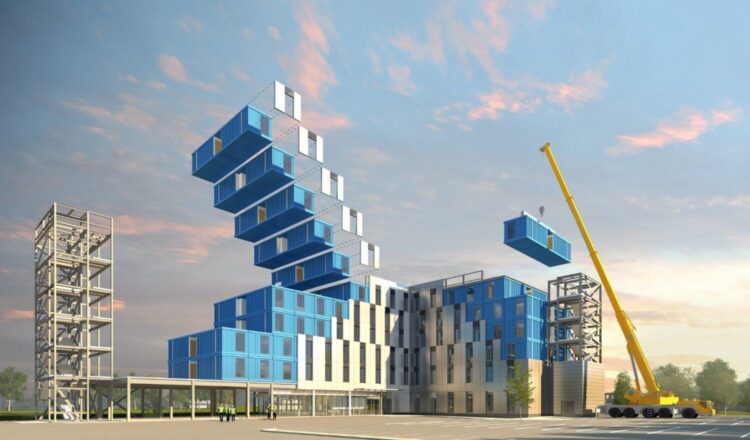
The construction industry is witnessing rapid technological advancements. Collaborating with equipment manufacturers can provide access to cutting-edge innovations that enhance equipment quality and efficiency. Embracing technological trends such as modular construction, 3D printing, and automation can contribute to both the quality of equipment and the longevity of constructions.
Future Outlook
As technology continues to evolve, the construction landscape will experience transformative changes. Emerging trends like modular construction, 3D printing, and automation are reshaping traditional construction methods. These innovations not only increase efficiency but also impact the quality and longevity of equipment. Staying informed about these trends is essential for construction professionals aiming to remain at the forefront of the industry.
Conclusion
Quality equipment is the backbone of construction projects built to last. The significance of durability, reliability, and adherence to standards cannot be overstated. Investing in quality equipment not only ensures safer working conditions and reduces costs over time but also paves the way for sustainable construction practices.
By selecting the right equipment, prioritizing maintenance, and embracing technological advancements, construction professionals can propel their projects towards a future of enduring success. As the construction industry evolves, one thing remains clear: high-quality equipment is the cornerstone of structures that stand the test of time.
 Hi Boox Popular Magazine 2024
Hi Boox Popular Magazine 2024
